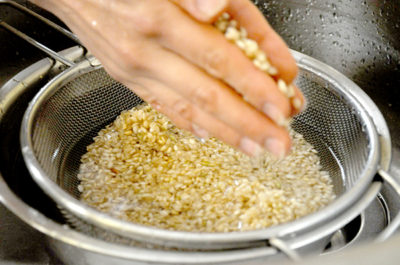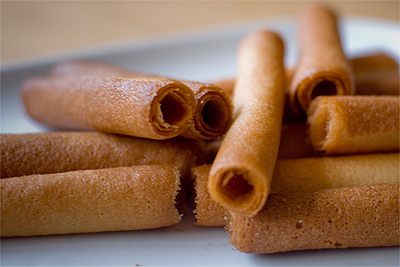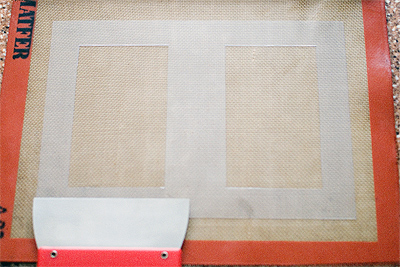Cold busting lemongrass & ginger tea self-brew
.
.
This post is in two parts. First, it’s the recipe itself, then secondly, there is my story on what it is like as I travel with this flask on the red bus to get to the chemo treatment that I am having at the moment.
.
.
Part 1: The recipe.
Whenever I travel, I concoct this tea in a thermos flask & take it out with me. It takes just a couple of minutes to put together, it’s so simple, I just let the goodness steep on its own accord while traveling.
.
I like to sip this as the day unfolds. Like while waiting for the bus on a freezing day for example. I pour just a tiny bit in to the cup so that it cools down quicker, then take a sip & enjoy the deep, warming zing of the ginger & the crisp, purifying aroma of the lemongrass. I feel its warmth seep in to my body & envelope me & shield me from the cold.
.
Its weird to admit to, but this tea flask is starting to become almost like as if Linus’s security blanket for me. Whenever it’s too much, I take a break with it. Even while walking on the street at times! I stop & take a sip by the sidewalk & let the world pass by. I find that it is a great calming way to take a step back from the hustle & bustle. I now realise that the time you enjoy taking a break is not wasted time. It reminds me to slow down & most importantly, allow for that.
.
Coco&Me’s recipe for cold busting lemongrass & ginger tea brew
.
Ingredients:
Fresh lemongrass
Fresh ginger root
Tea bag of your choice (caffeine-free would be ideal, like rooibos tea or chamomile)
Honey to sweeten (optional)
.
Method:
1. Boil some water in the kettle.
2. Cut a slice of ginger. Just a slither is plentiful, otherwise it becomes too spicy & dominant in the tea. Peel the skin, & place this in the thermos flask.
.

.
3. Next, chop off about 2cm of lemongrass. Using the back of a wooden spoon, smash it to bruise & release the aromatic oils. Pop this in the flask also.
.



.
4. Pop the tea bag in the flask & pour in the hot water. Let the tea steep for a while & then discard the bag.
.


.
5. Then secure the lid. That’s all! :) It’ll be flavoursome after about 30 minutes.Â
.
.
.
.
Part 2:Â As on my way to the chemo treatment.
Thursday morning. Eight o’clock.
.
The day starts with my earnest intention to leave the house much earlier than Mr.D who stands in to walk our daughter to school. I want to get to the hospital quick to start on the treatment so that I’ll be home by the time when the children come home from school.
.
But I get too involved when I enter the kitchen – I see the washed up plates & pots from last nights dinner on the dish drainer by the sink & the compulsive in me finds some work to do. I circuit around & around the central kitchen in a hurry to put things away in to the cupboards. Have I ever told you that I hate my stupid kitchen island? It makes me feel like a guinea pig on one of those round spinning what-you-call-its.
.
I’m the queen when it comes to multitasking (a much positive way to put it rather than saying impatient jitterer, which is what I really am!), so amidst the tidying I prepare my breakfast, which this morning is porridge with slices of kiwi & dried prunes. With the same chopping board I also cut a small piece of ginger & pound a thumb length of a stalk of the lemongrass. These I pop in to the travel flask filled with hot green-rooibos tea to steep. It’s amazing this, just the tiniest pieces perfumes & permeates the tea. I feel like I’m doing something right & healthy by drinking it. I tuck this travel flask in to my rucksack, together with a small bottle of anti-bacterial hand gel which I now carry around everywhere, because chemo compromises the immune system & I’m freaked out about germs on public transport!
.
I leave the house to journey to the hospital. It will take me around an hour & a half on the bus with one interval change.
.
On the first bus that I take, a scruffy possibly homeless man comes on. His worn out clothes are dirty gradients of grey. Except his t-shirt. It’s bright blue with the superman S logo. If there ever was a superman & I was Clarice, this beatened superman looked unpromising to bring some peace to my troubled world.
.
Next, I sit on the icy cold metal bench as I wait for my second bus. The thing about England is that it’s so cold for most of the year. There’s not really a real summer here, it’s hot for only like two weeks then that’s the summer done! So I have a go at the bench. “C’mon, seriously? Do you have to be metal? You’re super icy!” ~ This is all in my head of course. Don’t worry, my screws aren’t that loose yet!
.
This is the perfect time to take out my thermos flask & pour the hot tea in to the cup that also acts as a lid. The purifying aroma of the lemongrass feels like it’ll shield me from the cold, & the fiery kick from the ginger warm my body from the inside. I’m convinced that if anyone should take a thermal image of me & the others at the bus stop, I’ll be the one that is glowing reds & yellows, while the rest will be in shades of blue.
.
Soon enough the bus for the second length of my journey arrives. This one takes up the longer part of my travel so I sit upstairs on the double decker bus. My preferred side to sit is always the curb side so that I can look at the passing shops. It’s interesting you know, the kind of shops out there. There’s ones that’s like“How on earth are they surviving?†& I’m not kidding, it’s the sort that both you & I will think so in unison. But surely the shop rent isn’t cheap either. Sometimes, there are shop-keepers that lean by the doorway, arms crossed, looking bored stiff. Er, yeah, that’s really gonna bring the customers in, isn’t it…
.
I plug my earphones on & listen to the BBC radio programmes that I pre-downloaded on my iPhone. Listening to it & all the while looking out of the window is entertaining enough to pass the time. Food related programmes are my favourite to listen to. This particular instance they were cooking at the same time as talking & I hear the sizzling sounds of frying the fatty bacon with clear stereo audio. Ahhh my-my, it is food porn for the ears I tell you! The sounds of the kitchen are my favourite sounds that I behold so fondly. Love it. I subtly smile to myself for my own silly reaction & decide to take another sip of my tea. I briefly pondered wether the distinct lemongrass aroma may be too intense for the confines of the closed air of the bus, but heck, I pour some out anyhow.
.
Listening to radio, I observe the people getting in & out of the bus from my upstairs seat. I noticed the young lady waiting by the bus stop straight away. Something about her is so radiant. Y’know what, it’s that youthful look with the air of carelessness. No sign of apparent worries, confidently living the moment. – It’s such a contrast to me, I thought. Me, makeup-less, on way to the ghastly chemo, with my balding head hidden under the beanie, finger-tips tingling with peripheral neuropathy, weighed down with anxiety for having to freeze my head with the cold cap again. As a fully-fledged adult you know that the grass is not greener on the other side, & blah blah blah, but nevertheless, I feel… jealous… & it tugs at the emotions that I want to keep stabilised. Undergoing chemo compromises the immune system physically for sure, but also emotionally it seems. I think tea again should help. I sip it & close my eyes as I gulp & feel the warmth trickle down deep.
.
It’s a funny thing, now that I’m not busying myself with the baking, I notice my surroundings much more so. Keeping up with the appointments is busy enough, but the truth is, the little people in my head are also feeling like the shop-keeper leaning by the doorway with arms crossed, looking bored stiff…
.
Ps: Two more chemo sessions to go! – Last one on 21st. Then 4 weeks of radiotherapy from mid January.
.
.






































